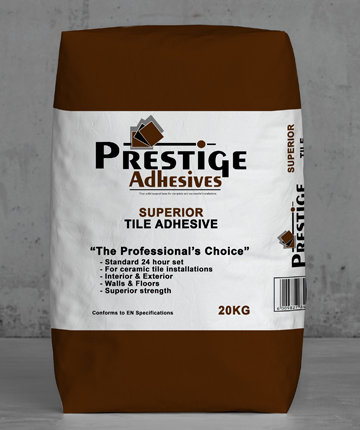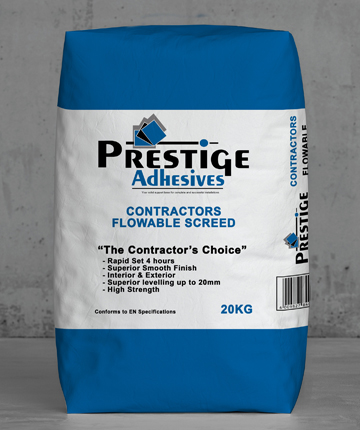A flooring system refers to the structure and materials used to create the surface on which people walk or stand indoors. It is an essential part of the building’s interior and plays a crucial role in the aesthetics, comfort, and functionality of the space.
There are various types of flooring systems available, each with its own characteristics, advantages, and suitable applications. Some common types of flooring systems include: Hardwood Flooring, Laminate Flooring, Vinyl Flooring, Ceramic and Porcelain Tile Flooring, Carpet Flooring, Concrete Flooring, Stone Flooring, Cork Flooring

Tiling onto waterproof
See productTiling onto waterproof
See productTiling onto waterproof
See productTiling onto waterproof
See productTiling onto waterproof
See productStep 1: Concrete Floor
Prepare the Surface: Ensure that the surface you are going to tile is clean, dry, level, and free from any debris or loose materials. If necessary, repair any cracks or imperfections and remove any old adhesive or previous tiles.
Step 2: Adhesive
Measure and Plan: Measure the area you want to tile accurately. Calculate the number of tiles you’ll need and decide on the layout pattern (e.g., diagonal, herringbone, or straight). It’s a good idea to dry-fit some tiles to see how they will look and make any adjustments before applying adhesive.
Step 3: Membrane
Gather Materials and Tools: Purchase enough tiles for the job (plus extras for cutting and future repairs), tile adhesive, grout, spacers (if needed), a trowel, a tile cutter or wet saw, a level, a rubber mallet or tile beating block, a sponge, and a bucket for mixing grout.
Step 4: Adhesive
- A. Mix the Adhesive: Follow the manufacturer’s instructions to mix the tile adhesive to the right consistency.
- B. Apply the Adhesive: Spread the adhesive onto the surface using the trowel. Work in small sections, as the adhesive can dry quickly.
- C. Place the Tiles: Press each tile firmly into the adhesive, using a slight twisting motion to ensure a good bond. Use tile spacers to maintain even gaps between the tiles for grouting.
- D. Cut Tiles (if needed): Use a tile cutter or wet saw to cut tiles to fit around edges, corners, or obstacles.
- E. Check for Level: Use a level to ensure the tiles are even and flat. Adjust as necessary before the adhesive dries.
- F. Repeat the Process: Continue applying adhesive and placing tiles until you’ve covered the entire area.
Step 5: Vinyl
- A. Mix the Grout: Mix the grout according to the manufacturer’s instructions. It should have a thick, paste-like consistency.
- B. Apply Grout: Use a rubber float to apply the grout over the tile surface, pressing it into the spaces between the tiles. Work at a 45-degree angle to the tiles to ensure full coverage.
- C. Remove Excess Grout: After about 15-20 minutes, wipe away excess grout from the tiles’ surface using a damp sponge. Rinse the sponge regularly.
- D. Final Cleaning: Once the grout has set (usually after 24 hours), do a final cleaning with a clean, damp sponge to remove any grout haze.



